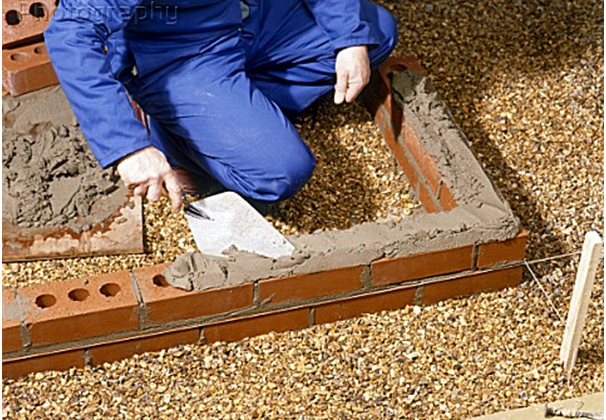The latest construction headlines hitting the UK say it all: there is a brick shortage coming. For those with brick projects under construction and brick products not yet secured, this means a steep rise in costs. For many companies and individuals in London the gap between supply and demand simply means the viability of their projects, and even home improvements, are severely at risk.

What is the solution?
Many people are throwing around the idea of importing. This is a possibility, but it doesn’t solve the cost issue. Alternatively, by importing the skills needed via an immigrant workforce, the bricks could be made in the UK. This is more practical, but the question that needs to be asked is why not consider a different material?
For many people, there is no alternative. Bricks are the fabric of Britain and the capital. Anyone riding on a bus through London can see this. Bricks are our heritage and history, they are practical, hard-wearing, beautiful and durable. Buildings constructed out of brick last for centuries.
New cutting-edge research
All this could be about to change. With sustainable design and construction playing a huge part in many projects, from city hospitals to manufacturing facilities to private residences, sooner or later a solution will arise. British universities and architects in London are already pushing forward in the research, development, and use of alternative materials. Fantastic products such as self-healing concrete, 3D printed ceramic brick units, vacuum glazing, smog-absorbing concrete, algae walls, and engineered timber frames are taking off. It is a process that once started will not stop, but when will it start?
Every year we are becoming bolder and braver with our product choice, which is showing in the quality and look of our homes and offices. The brick will always be a fantastically strong and stable product; however, as with a stone, there may come a time when it is no longer commercially or environmentally viable. Let’s prepare for the future and not get too hung up on the past.
Read Full Article
